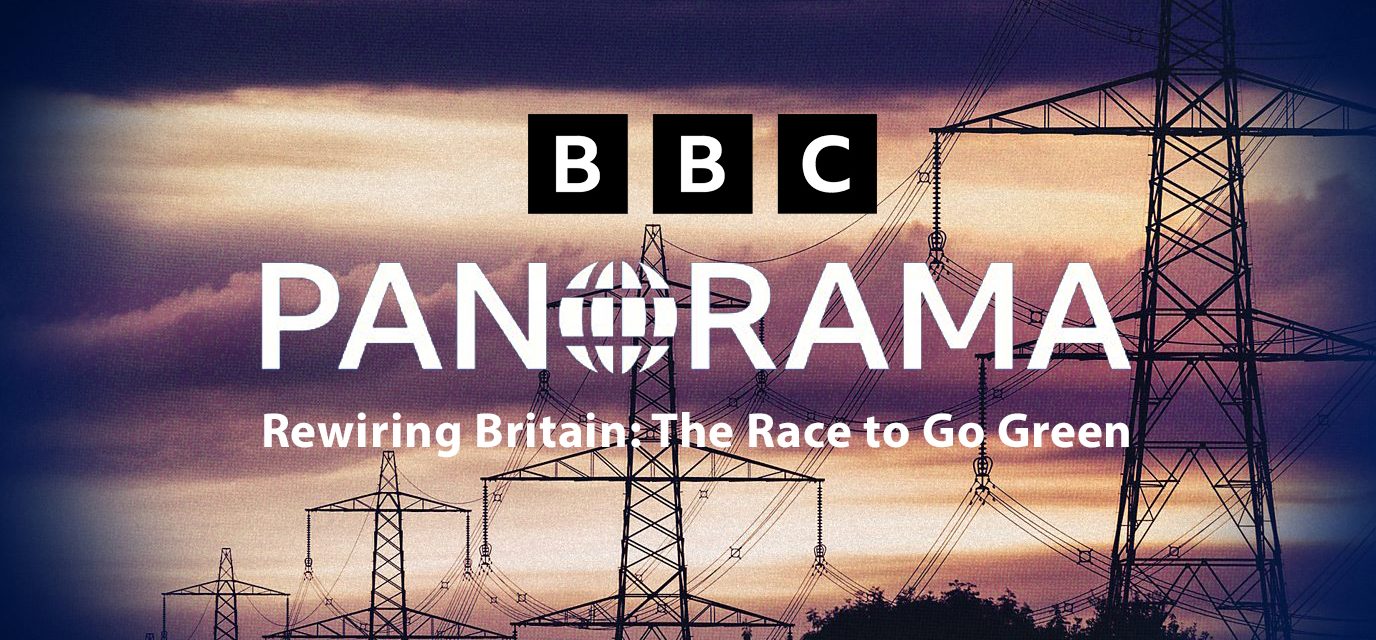The UK is racing towards an ambitious clean energy future, with the government targeting 47 Gigawatts of solar capacity by 2030 and 85GW by 2050. This rapid expansion forms a key part of the UK’s broader decarbonisation strategy, designed to reduce reliance on fossil fuels, enhance energy security and support the Intergovernmental Panel on Climate Change (IPPC) recommendations to stay below 1.5°C warming.
While securing these targets needs an increased deployment of utility scale solar projects, the UK market is currently seeing the advance of very large schemes – in some cases comprising up to 5000 acres – raising significant concerns from local communities.
The Rise of Mega-Solar Developments
By consolidating solar installations into single, expansive sites, developers maximise energy production and sales while benefiting from economies of scale. It’s a development model that is increasingly dominating new solar capacity in the UK. These projects, owing to their scale, are often classified as Nationally Significant Infrastructure Projects (NSIPs), a designation that allows them to bypass local authority planning control and instead secure approval at a Ministerial level.
This streamlined approval process enables rapid deployment, but it has also triggered controversy in rural communities. Given their sheer size, these projects can have significant visual impacts on the countryside, raising local concerns over land use conflicts and agricultural displacement.
Developers behind these projects may also be working to a model that sees them secure planning and land availability, before selling the project after the final investment decision has been made. Such a commercial model tends to rule out these developers from maintaining long term interest in the project or location, as capital secured through the sale is recycled into a new development elsewhere.
The Case for Smaller, Community-Aligned Solar Projects
While the very large solar farms in UK planning and development are capturing headlines, there is a strong argument in favour of smaller-scale projects – typically those up to 300 acres and 150MW. These projects typically can work within existing local planning frameworks, ensuring that they align with regional development policies. Crucially, they require community consultation and buy-in, making them more sensitive to local concerns.
Smaller-scale solar projects offer several advantages:
- Lower landscape impact – By integrating within existing rural environments, they avoid the stark visual transformation associated with 5,000-acre developments.
- Stronger local support – Community involvement in planning fosters greater public acceptance and reduces opposition.
- Flexibility in land use – These projects can coexist with agriculture, preserving farmland utility and offering diversified income streams to farms.
Given these benefits, ILOS a UK IPP believes that a more balanced approach to solar expansion – one that incorporates both large and small-scale projects – would help mitigate the risks of public pushback and planning disputes.
The Infrastructure Challenge: New Power Lines and Compulsory Purchase
The rapid expansion of utility-scale solar also comes with an overlooked challenge that similarly impacts local communities: the need for new grid infrastructure to transport energy from large new projects to consumers. In many cases, this requires the construction of high-voltage overhead pylons, a highly contentious issue looked at by the BBC’s Panorama in January 2025.
Overground pylons remain the cheapest method of energy transmission, but their installation often disrupts rural landscapes, sparking fierce opposition from local residents. Additionally, to secure the land required for these power lines, the government is increasingly relying on compulsory purchase under Development Consent Orders (DCO). With these powers commitment to remove old pylons is also not stipulated and many obsolete pylons will be left standing.
For landowners, considering a nationally large scale solar project this presents an economic impact upon their neighbours and those along the grid route.. Under recent revisions to the National Planning Policy Framework (NPPF), new compulsory purchase rules could mean that landowners lose out on potential future development value. Specifically, land may be acquired under a ‘no hope value’ principle, meaning compensation will be calculated based on current land use rather than its future development potential. This shift could undervalue rural land significantly, limiting financial compensation for affected landowners.
Choosing the Right Development Partners
With the UK’s clean energy transition in full swing, landowners must navigate a rapidly evolving policy and commercial landscape. While large-scale solar developments offer lucrative opportunities, they also come with planning complexities, infrastructure challenges, and potential land devaluation risks.
It is critical that landowners carefully assess potential development partners. The most responsible solar developers are those that:
- Engage transparently with local communities to ensure that projects align with public interests.
- Respect rural landscapes by integrating projects in a way that minimises disruption.
- Negotiate fairly on land value, ensuring landowners receive equitable compensation for both development sites and grid infrastructure.
The UK’s clean energy ambitions are undeniable, but they must be pursued in a way that balances national targets with local sensitivities. By choosing partners who prioritise sustainability, fairness, and responsible land use, landowners can play a proactive role in shaping the country’s renewable future – without sacrificing their own economic interest, the environment, or the support of their neighbours and local communities.


